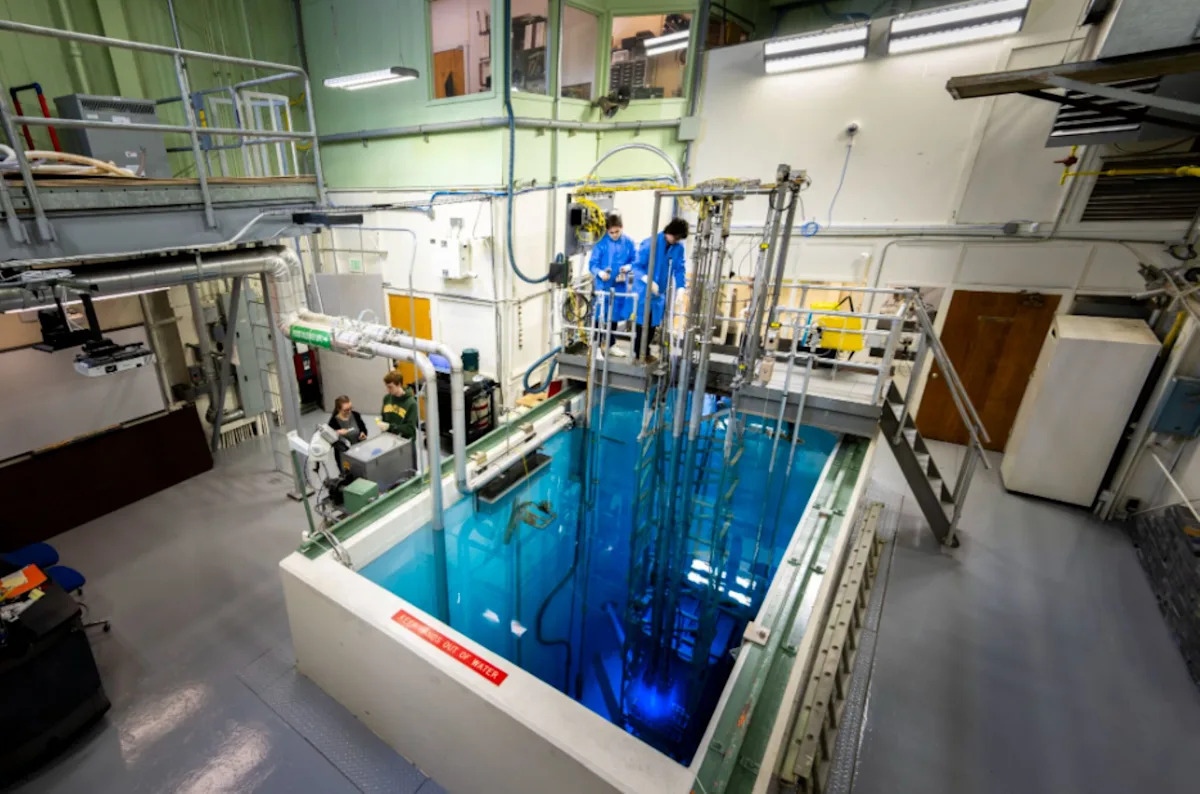Scientists at Missouri S&T University are hoping to make a major breakthrough in a new study that will examine how a high-enrichment-level nuclear fuel performs in small modular and microreactors.
According to Interesting Engineering, the study will be undertaken in partnership with the Oak Ridge National Laboratory and the U.S. Department of Energy.
The goal of the study is to determine which type of nuclear fuel is best used in nuclear fission reactors for long periods of operation. The fuel will be tested in a variety of conditions so its limits are understood, and so it can be used in as safe a fashion as possible.
“Small modular and microreactors are being designed to operate for years in places where refueling isn’t practical, such as remote communities, military bases or even space missions,” Dr. Ayodeji Alajo, an associate professor of nuclear engineering and radiation science at Missouri S&T and the leader of the study, told Interesting Engineering.
S&T’s fission reactor is innovative, specifically in that it does not utilize the heat produced from fission to make electricity in the way that a commercial reactor would.
While fission technology is worthwhile— it’s cheap, consistent, and sustainable— it’s not perfect. It’s not renewable, potentially creates nuclear waste in the process, and as such, can result in long-term health damage if not conducted with the utmost safety.
In other words, just because fission is technically a more advanced form of clean energy creation doesn’t mean it is necessarily for the best.
Along these lines, while further study into nuclear energy is warranted, it certainly has its drawbacks compared to other forms of sustainable energy.
On the plus side, nuclear power produces large amounts of low-carbon electricity, supports energy security, and complements renewable energy sources. Yet the risks of radioactive waste, potential links to nuclear weapons, and higher upfront costs are unavoidable to some degree.
Again, nuclear power is not all bad. Its role in the clean energy landscape is important; it is also just a bit more complex and subject to further evolution than its alternatives, which is why studies like this one are worthwhile.
“Our job is to show that this fuel will behave safely and predictably under different conditions so designers and regulators can trust it,” Dr. Alajo said.
Join our free newsletter for weekly updates on the latest innovations improving our lives and shaping our future, and don’t miss this cool list of easy ways to help yourself while helping the planet.
